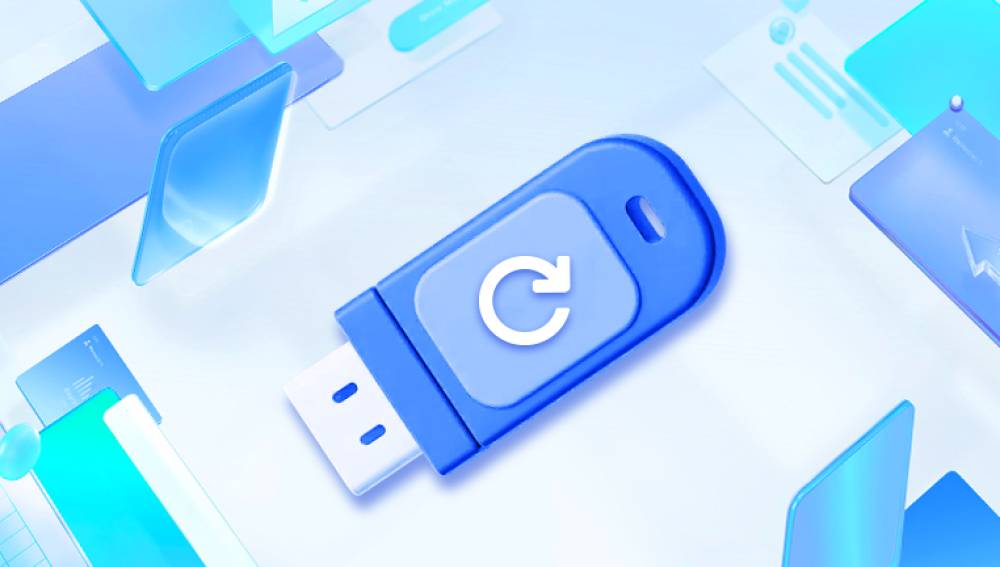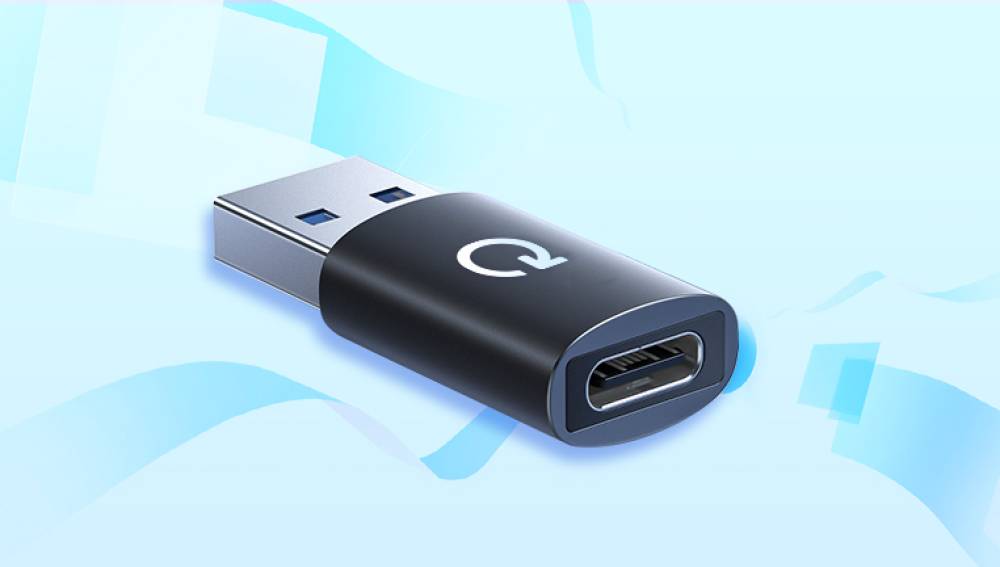One significant innovation in this arena is the mini USB to USB flash drive, a versatile and convenient tool that has found numerous applications in both personal and professional settings. This article delves into the intricacies of mini USB to USB flash drives, exploring their development, functionality, benefits, and future potential.
Early Days of USB
The Universal Serial Bus (USB) standard was introduced in the mid-1990s to standardize the connection of peripherals to personal computers, replacing a multitude of connectors with a single interface. USB 1.0. the first version, offered modest data transfer rates of 1.5 Mbps (Low-Speed) and 12 Mbps (Full-Speed). However, it quickly evolved, with USB 2.0. released in 2000. significantly increasing the data transfer rate to 480 Mbps.

Mini USB and Micro USB
As mobile devices became more prevalent, there was a need for smaller connectors. Mini USB, introduced around the early 2000s, became a common choice for devices like digital cameras and early smartphones. It was smaller than the standard USB but still larger than what was needed for the increasingly compact designs of mobile devices.
The mini USB connector was eventually succeeded by the micro USB connector, which became the standard for most smartphones and portable devices for many years. Despite this, mini USB connectors still find use in certain niches due to their robustness and reliability.
The Rise of USB Flash Drives
USB flash drives emerged in the early 2000s, revolutionizing data storage and transfer. These compact, portable devices offered a convenient alternative to floppy disks and CDs, with vastly superior storage capacities and data transfer speeds. Over time, USB flash drives have continued to evolve, with modern versions offering capacities in the terabytes and data transfer rates that take full advantage of the USB 3.0 and USB 3.1 standards.
Understanding Mini USB to USB Flash Drives
Design and Functionality
A mini USB to USB flash drive typically features a standard USB Type-A connector on one end and a mini USB connector on the other. This dual-interface design allows the drive to be used with a wide range of devices, from traditional PCs and laptops to older mobile devices and cameras that still utilize the mini USB port.
Key Features
Dual Connectivity: The primary advantage of these drives is their ability to connect to both mini USB and standard USB ports. This versatility makes them ideal for transferring data between devices that use different types of connectors.
Portability: Like all USB flash drives, mini USB to USB flash drives are highly portable. Their compact size allows them to be easily carried in a pocket or attached to a keychain, ensuring that important data is always within reach.
Ease of Use: These drives are typically plug-and-play, requiring no additional software or drivers to function. This ease of use is one of the reasons for their enduring popularity.
Compatibility: Mini USB to USB flash drives are compatible with a wide range of devices, including older digital cameras, GPS units, and some early smartphones. This makes them a valuable tool for users who need to access or transfer data from legacy devices.
Applications of Mini USB to USB Flash Drives
Personal Use
Data Transfer: The most common use for mini USB to USB flash drives is transferring data between devices. Whether it’s moving photos from an old digital camera to a computer or transferring documents from a PC to a tablet, these drives offer a convenient solution.
Backup: With their ample storage capacities, mini USB to USB flash drives are also suitable for backing up important data. Users can easily create copies of essential files and keep them safe in case of a device failure.
Media Storage: These drives are ideal for storing and transporting media files, such as photos, videos, and music. Their dual-interface design ensures compatibility with a wide range of devices, making it easy to enjoy media on the go.
Professional Use
Data Collection: In professional settings, mini USB to USB flash drives can be used for collecting data from various devices. For example, a field researcher might use one to transfer data from an older GPS unit to a laptop for analysis.
Presentation Tools: These drives are also useful for professionals who frequently give presentations. They can store presentation files and easily connect to different computers and projectors, ensuring smooth and hassle-free presentations.
Technical Support: For IT professionals and technicians, mini USB to USB flash drives are valuable tools for troubleshooting and repairing devices. They can be used to transfer diagnostic software, drivers, and other essential files between devices.
The Technology Behind Mini USB to USB Flash Drives
Storage and Memory
At the core of every USB flash drive is flash memory, a type of non-volatile memory that can be electrically erased and reprogrammed. This technology allows for the reliable storage of data without the need for a constant power supply. Flash memory is organized into blocks, with each block containing a series of pages where data is stored.
Controllers and Interfaces
A USB flash drive also contains a controller, which manages the interaction between the flash memory and the host device. The controller handles tasks such as data transfer, error correction, and wear leveling, which ensures that the memory cells are used evenly to prolong the lifespan of the drive.
The dual-interface design of mini USB to USB flash drives requires careful engineering to ensure compatibility with both mini USB and standard USB ports. This typically involves using a controller that can manage multiple interfaces and ensure seamless data transfer between them.
Data Transfer Speeds
The data transfer speed of a mini USB to USB flash drive depends on several factors, including the USB standard it supports and the quality of the flash memory. Drives that support USB 3.0 or USB 3.1 can achieve significantly higher transfer speeds compared to those limited to USB 2.0. However, the actual speed also depends on the capabilities of the host device and the nature of the data being transferred.
Benefits of Mini USB to USB Flash Drives
Versatility
The primary benefit of mini USB to USB flash drives is their versatility. By offering compatibility with both mini USB and standard USB ports, these drives can be used with a wide range of devices. This makes them an ideal solution for users who need to transfer data between old and new technology.
Convenience
The compact size and portability of these drives make them incredibly convenient. Users can carry important data with them wherever they go and easily transfer files between devices without the need for additional cables or adapters.
Reliability
USB flash drives are known for their durability and reliability. Unlike traditional hard drives, they have no moving parts, which makes them less susceptible to physical damage. This reliability is especially important for users who need to store and transport critical data.
Future Trends and Developments
Increasing Storage Capacities
As flash memory technology continues to advance, the storage capacities of USB flash drives are expected to increase. Future mini USB to USB flash drives will likely offer even more storage space, making them suitable for a broader range of applications.
Enhanced Security Features
Security is an ongoing concern for data storage devices. Future developments may include enhanced security features, such as hardware encryption and biometric authentication, to protect sensitive data stored on mini USB to USB flash drives.
Integration with Cloud Services
The integration of USB flash drives with cloud services is another potential trend. This could allow users to seamlessly sync their data between the drive and the cloud, providing an additional layer of backup and accessibility.
Adoption of New USB Standards
As new USB standards, such as USB 4.0. are developed and adopted, mini USB to USB flash drives will continue to evolve. These new standards will bring faster data transfer speeds and improved power efficiency, further enhancing the capabilities of these versatile devices.
Mini USB to USB flash drives represent a perfect blend of convenience and technology, offering a versatile and reliable solution for data storage and transfer. Their dual-interface design ensures compatibility with a wide range of devices, making them an invaluable tool for both personal and professional use. As technology continues to advance, these drives are poised to become even more powerful and versatile, ensuring their relevance in the ever-changing digital landscape.




